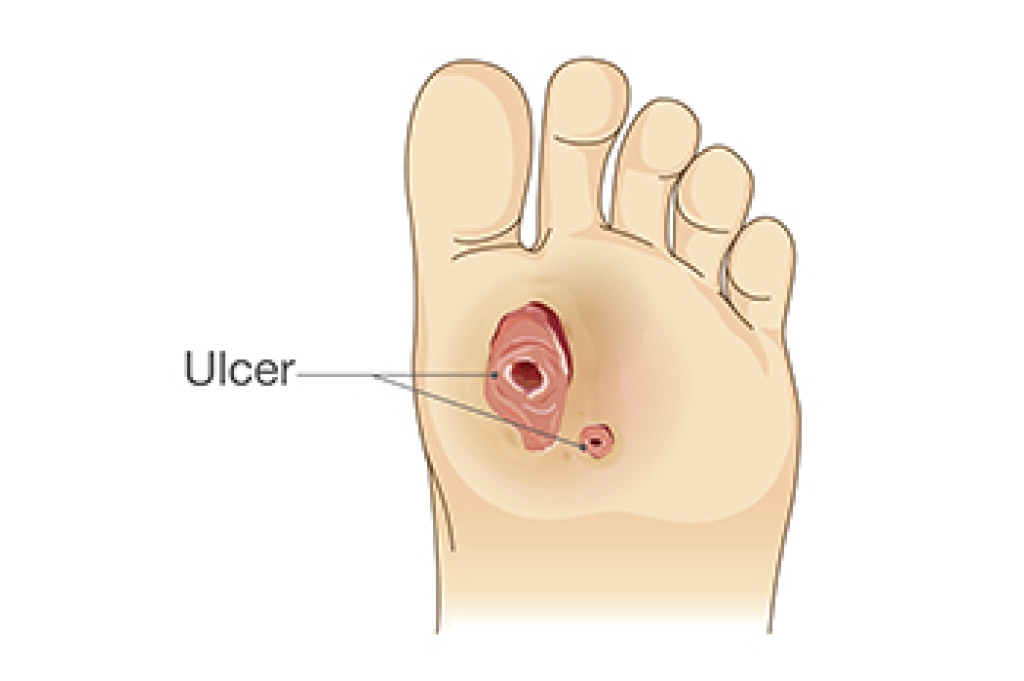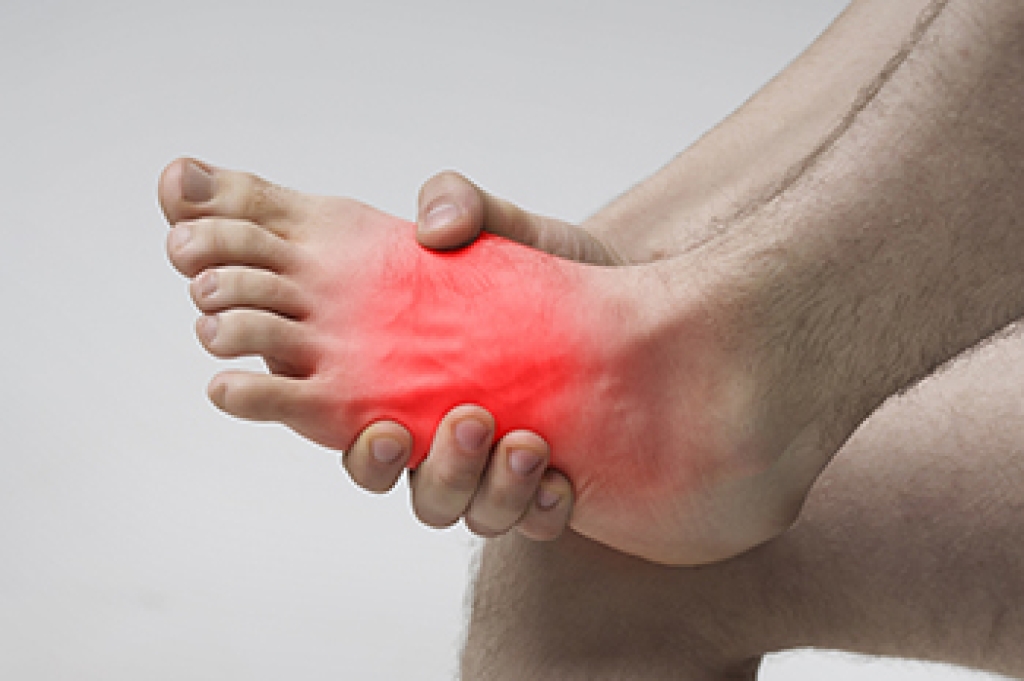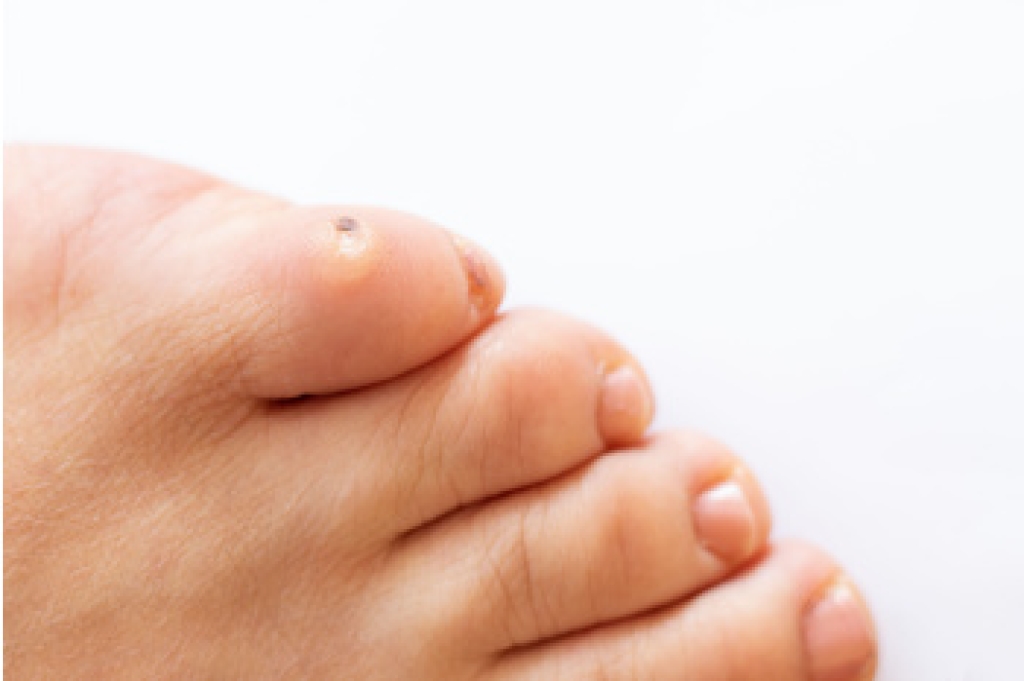
A diabetic foot ulcer is an open wound that develops when high blood sugar levels affect circulation and nerve function in the feet. These changes make the skin more vulnerable to injury and slow the body’s ability to heal. Ulcers often begin as a small blister, callus, or unnoticed cut, especially in areas that bear pressure. As sensation decreases, many people do not feel pain, allowing the wound to worsen before it is discovered. Early recognition is essential because untreated ulcers can lead to infection and more complex complications. Regular foot checks, proper footwear, and prompt attention to any skin changes help protect overall foot health. A podiatrist can evaluate the ulcer, determine its severity, and recommend appropriate treatment to promote healing. If you notice an open sore on your foot, it is suggested that you see a podiatrist for timely care.
Wound care is an important part in dealing with diabetes. If you have diabetes and a foot wound or would like more information about wound care for diabetics, consult with Steven Wolfington, DPM from Sheboygan Foot Care, LLC. Our podiatrist will assess your condition and provide you with quality foot and ankle treatment.
What Is Wound Care?
Wound care is the practice of taking proper care of a wound. This can range from the smallest to the largest of wounds. While everyone can benefit from proper wound care, it is much more important for diabetics. Diabetics often suffer from poor blood circulation which causes wounds to heal much slower than they would in a non-diabetic.
What Is the Importance of Wound Care?
While it may not seem apparent with small ulcers on the foot, for diabetics, any size ulcer can become infected. Diabetics often also suffer from neuropathy, or nerve loss. This means they might not even feel when they have an ulcer on their foot. If the wound becomes severely infected, amputation may be necessary. Therefore, it is of the upmost importance to properly care for any and all foot wounds.
How to Care for Wounds
The best way to care for foot wounds is to prevent them. For diabetics, this means daily inspections of the feet for any signs of abnormalities or ulcers. It is also recommended to see a podiatrist several times a year for a foot inspection. If you do have an ulcer, run the wound under water to clear dirt from the wound; then apply antibiotic ointment to the wound and cover with a bandage. Bandages should be changed daily and keeping pressure off the wound is smart. It is advised to see a podiatrist, who can keep an eye on it.
If you have any questions please contact our office located in Sheboygan, WI . We offer the newest diagnostic and treatment technologies for all your foot and ankle needs.




